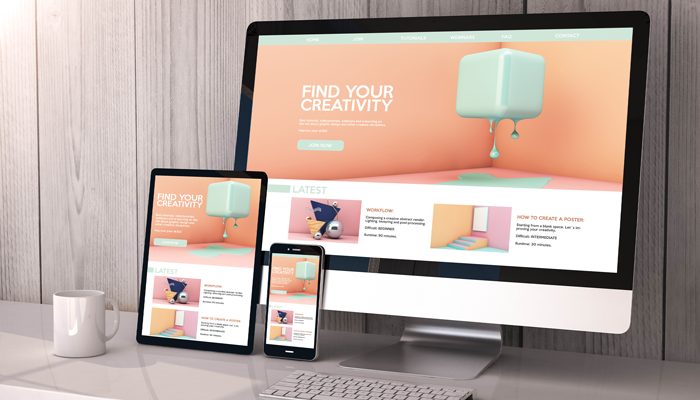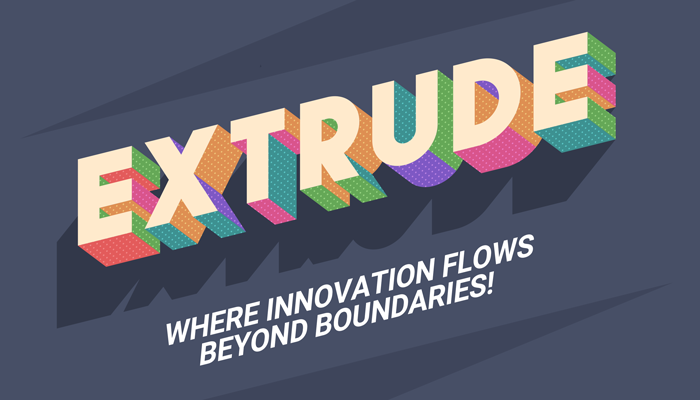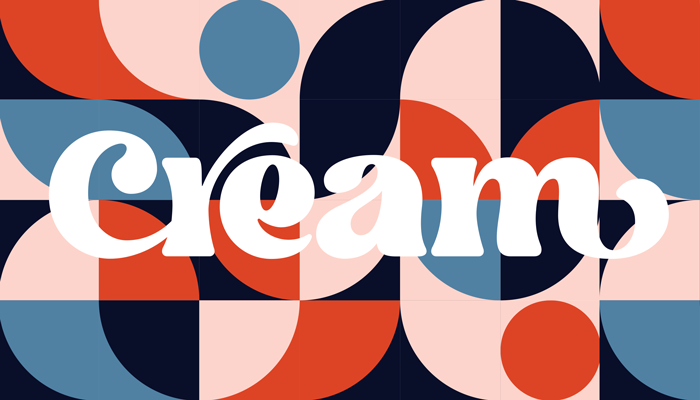Graphic design is a worthy craft that’ll always be in demand. In turn, it is a meticulous profession, so if you have the ambition and talent of a designer, we applaud you! Like any type of project, the graphic design process should have a clear structure, concept, and direction. Whether your intention as a graphic designer is to complete a project for a client’s vision or your own, it’s important to have a roadmap of all the steps you need to take to go from a preliminary idea to a beautiful, eye-catching design.
What are the steps of the design process?

1. Brainstorm an Idea
So, you have an idea for a design in mind – or maybe you don’t. Either way, brainstorming is the first step when it comes to the design process. Brainstorming means jotting down all your ideas. It doesn’t matter if they are good or bad ideas. Having everything written out in front of you will allow you to narrow down a concept and get to the next step of the design process. Even if you feel stuck at first, some of the greatest ideas can emerge from a brainstorming session.
2. Research Trends, Concepts, Inspiration
Once you’ve finalized an idea that you want to map out, your next step is to take to the internet to research design concepts that will pair well with your idea. Look into what’s trending, grab inspiration from anywhere, and make a mood board to drive your vision.
3. Build a Wireframe of Your Vision
Now that you’re ready to start working on the design, instead of diving right in, begin with a blueprint to plan out how to structure your design. A wireframe is essential for any design project from a logo design, to a product design, and every sort of project in between.
4. Create 1 or 2 Variations of Your Design
You can more easily determine what type of color schemes or layouts look best when there’s something to compare them to. This is why it’s essential to have a couple of variations of your design. We recommend not going overboard and stick to a maximum of 3 variations total.
5. Seek Feedback
Once you feel like you’ve exhausted your abilities, that means you’re ready to show your design work to another pair of eyes. This can be that of a colleague, the client that’s requesting the design, or even just an unbiased individual. The second pair of eyes doesn’t need to have design experience to give constructive feedback. Afterall, the average person that looks at a design based their opinion or interest on a first look or impression.
6. Finetune Your Design Based on Feedback
The feedback received will help you narrow down what looks good, and what you should change about your design. Once you apply that feedback, you’ll be on your way to finetuning the final design and confidently publishing/delivering to your client.
What are the Basic Principles for Graphic Design?
The following are concepts you should consider incorporating into any design work.
Balance – Balance can be symmetrical or asymmetrical. This is done by implementing elements of equal weight on either side of the middle of your design, or items of different weights aligned with a “line” that may or may not be centered”
Contrast – The difference between various elements within a design that makes them stand out from one another.
Emphasis – Allows for certain parts of your design to stand out compared to other elements. Emphasis can also decrease how much another given element stands out.

Hierarchy – The importance of elements within your design. The most important element should be apparent.
Proportion – Sizes of elements concerning one another. Larger elements = more important // smaller elements = less important
Repetition – Reinforces an idea or perception – this can be done through font types, text layout, colors, and elements.
Pattern – Similar to the above, this is a repetition of design elements.

White Space – Refers to the areas of your design that have no design elements. Implementing white space is key to avoiding a cluttered design.
Movement – This is how a person’s eyes scan over your design. Refer to the principle of hierarchy – determine what is most important to least important and be sure your design’s flow conveys that.
Variety – This is a must to create some interest in your design. This can be done via font selection, colors, images, textures – anything. This ensures that your final design won’t be bland.
Unity – Determines how successfully all the elements in your design work well together. Every element should have a visible relationship to each other to clearly communicate the message of your design.
Color Psychology in Graphic Design
Color psychology also plays a large role in design, in a way that allows you to imply the intent of a specific design project or art piece. The following is what each color conveys as a first impression –
- Red: Passion, energy
- Gold: Royalty, luxury
- Blue: Comfort, trust
- Green: Wealth, health
- Yellow: Positivity
- Black: Prestige, power, timelessness
- White: Cleanliness

As an example, let’s take a look at the design above and analyze the psychology behind it. The flyer, business card, and postcard pictured above are marketing materials for a tanning salon. There are 3 colors at play here, but the main one is yellow. We know that yellow symbolizes positivity, and in this case it also symbolizes the glow one gets with “sunkissed skin.” When we think of sunkissed skin, we think of the Summer sun, and sunlight induces happier emotions, comparatively opposite to gloomy weather. When someone sees these ads, they’ll be inclined to book some tanning sessions not only because they want to achieve the look that’s promised in the ad, but also because the color sparks all these happy and positive emotions.
There’s a lot of thought and structure that goes into the art of graphic design. As long as you follow the step-by-step graphic design process and consider some of the basic principles, as well as incorporate color psychology in your design, you’ll be on your way to creating artwork to brag about.
More Graphic Design-Related Blogs:
11 Awesome Graphic Design Trends to Inspire You in 2024
5 Ways to Promote Your Skills & Art as a Graphic Designer
All the 2024 Colors of the Year to Inspire Your Next Print Design
